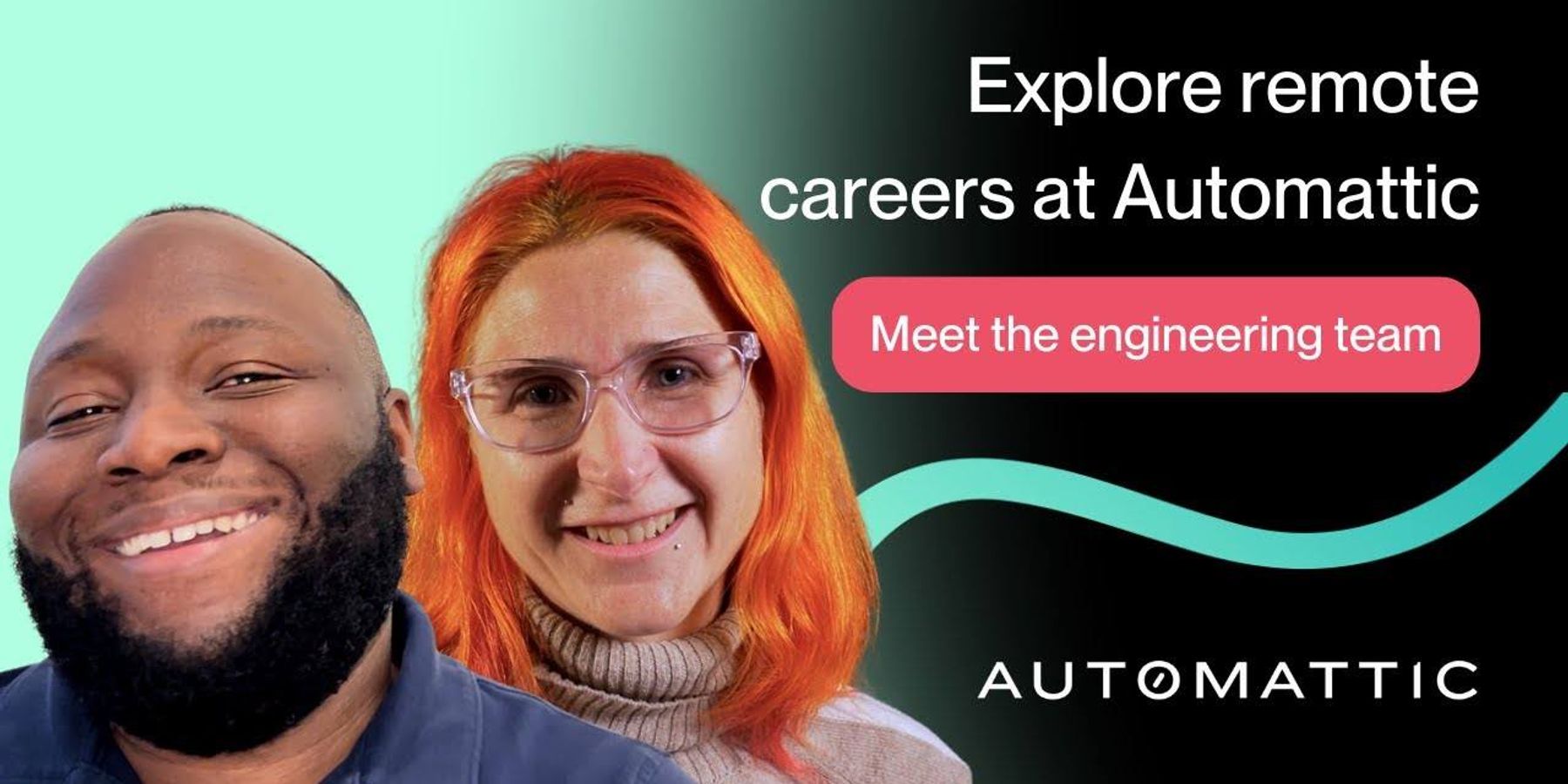When Anna Swigart talks about data, she doesn't just talk in rows, columns, or pipelines. She talks about people. Whether it's for researchers pursuing genomic breakthroughs, lab teams ensuring patients get timely diagnostic results, or clinicians delivering care, Anna sees data engineering in healthcare as a deeply human endeavor where every technical decision impacts real people's lives.
“I'm someone who's always been fascinated by the stories data can tell,” she says, “but equally passionate about the people who bring those stories to life and use data to solve important problems in the world. The interdisciplinary collaboration here – with engineers, clinicians, operations leaders, researchers, bioinformaticians, analysts – creates solutions none of us could build alone, and it's incredibly energizing. I'm grateful for how this team constantly pushes me — and each other — to see problems from entirely new angles. When data engineering meets clinical expertise and scientific research, you get data products that accelerate discovery and patient care in the real world.”
As the Director of Data Engineering at Helix, the leading population genomics and precision health organization, Anna is building the foundation for faster, safer, and more impactful access to genomic insights. Her career path, from neuroscience labs to real estate tech to healthcare, reveals a throughline of discovery, empathy, and a relentless drive to make data more useful for those who need it most.
Basecamp: career beginnings
Anna’s career started at an unexpected place: a neuroscience research lab at Stanford.
“We were trying to understand how kids develop math skills,” she recalls. “But our researchers were spending way too much time wrestling with messy datasets instead of doing the actual science they were passionate about. That’s when I realized that great data infrastructure wasn’t just about technology – it was about aligning skill sets, user experience, and thoughtfully curated metadata to augment human reasoning.”
Moved by this realization, she went on to earn her Master's degree from the UC Berkeley’s School of Information, followed by roles in data consulting and at Zillow, where she learned to scale data systems for high-stakes environments.
When Anna heard about Helix's mission to make genomic insights accessible for better health outcomes, it felt like a full circle moment – moving from niche research to tools and systems that could save lives in everyday clinical practice. “Here was a chance to combine everything I'd learned about building robust data platforms with the kind of scientific impact I'd originally been drawn to,” Anna reflects with a smile. “I could bring everything I’d learned to a place where it could truly help people.”
Building a scalable data foundation
Joining Helix wasn’t just a return to scientific impact for Anna. It was a chance to lay the technical groundwork for it.
"Think of it as a pyramid," she says. "We lay the foundation with security and data organization, then build automated processes that ensure data quality and smooth delivery, and finally, we provide the advanced tools teams need to get reliable insights they can trust."
But when your data is genomic, the stakes (and the challenges) are even higher.
“You can't just sample or summarize genetic information without losing critical details, and the privacy requirements are rightfully incredibly strict,” Anna explains. “We’ve had to rethink everything from how we store data and who gets access, to how we support completely different user groups across healthcare and research.”
But infrastructure alone isn’t enough. It has to scale with people in mind, by empowering teams to work faster and smarter without compromising accuracy or privacy. “The hardest part was changing how people think about data investments – moving from ‘this is complicated, let's create a manual process’ to ‘let's standardize and automate this so teams can focus on their real work.’”
And the work was well worth it. During her two years at Helix, Anna has been able to support a data platform that holds up under pressure and helps Helix scale scientific discovery and clinical insight, safely and efficiently.
Accelerating discovery with data-driven tools
Anna’s work is more than just elegant infrastructure. It’s changing how quickly science can move.
“Take our cohort-building application,” she says. “What used to take weeks — identifying patients with specific genetic variants combined with clinical characteristics — can now be done in minutes.” That kind of acceleration impacts the speed of research and business processes within Helix, but will also enable external partners to drive insights and discoveries faster than ever before.
This is just one example of how Anna’s work accelerates discovery by making data more accessible, usable, and impactful.
She continues to prioritize this by nurturing an analytics community at Helix that brings together people from diverse domains. “Technical problems in genomics require interdisciplinary thinking, so building connections across teams has been crucial for both individual growth and organizational success,” she reflects.
Apart from clean, rigorously modeled data, investing in strong partnerships between different stakeholders has made one of Helix’s most impactful data initiatives possible. Prototyped during a hackathon, an AI analytics integration eventually evolved into an organization-wide adoption of AI-driven insights.
Teams that previously waited weeks for analysis can now generate sophisticated analytics themselves. “The real breakthrough wasn't the technology itself, but seeing how it democratized access to insights. Lab operations, business teams, and researchers are all using AI-powered tools to answer questions they couldn't tackle before, without needing to understand the underlying technical complexity.”
Nurturing a new generation of data professionals
This belief in discovery and connection also translates to Anna’s leadership style.
“I believe great technology is built by people who feel valued and connected to the mission,” she says. That starts with radical transparency about tradeoffs, business goals, and team dynamics. When people understand the 'why,' they’re able to make informed decisions and own their outcomes.
She’s big on helping people define their career paths and steer their progression. Anna helps team members grow by giving them progressively more scope — moving from domain experts to mentors to strategic thinkers. “Teaching is one of the best ways to grow,” she notes. “Teaching forces you to really understand concepts deeply and builds the communication skills that are essential for senior technical roles.” She provides her teams plenty of opportunities to teach by leading internal workshops, contributing to Helix’s analytics community, or presenting at conferences.
And whenever she can, she likes to connect her team directly with the end user of their work — whether it’s a researcher making a breakthrough or a patient getting better care. “That connection to the mission is incredibly motivating and helps people understand how to prioritize their technical decisions.”
How to build a career at the intersection of data and healthcare
A career at the intersection of data and science involves more than technical prowess in the world of healthcare. “I'd rather hire someone who can think critically about data quality and user experience than someone who knows every Python library but can't communicate why their solution matters or how to weigh tradoffs,” says Anna. If you’re looking to build a career at the in this sector, Anna has clear advice:
- Develop empathy for the healthcare ecosystem: Empathy is needed because, ultimately, we're building tools for humans, and understanding user needs is crucial for creating valuable solutions. Spend time understanding how patients, providers, researchers, and administrators interact with health data. “Healthcare isn't just another vertical; it's a deeply human domain where technical decisions have real consequences for people's lives.”
- Respect the basics: Recognize that foundational data and software skills like validation, security, automation, and documentation are absolutely critical in healthcare precisely because it's so highly regulated. “The stakes are too high for shortcuts.”
- Embrace, don't fight complexity: “Healthcare data is messy, highly regulated, and spans everything from lab results to insurance claims to genomic sequences. Learn to build systems that can handle this complexity gracefully while still being accessible to non-technical users.”
- Learn both the technical and regulatory landscapes: Regulations like HIPAA and genomic privacy laws, “aren't just compliance checkboxes, they're design constraints that should inform your technical architecture from the ground up.”
- Think long-term, act fast: “Healthcare transformation takes time, but people need better care right now,” Anna says. “You have to be creative about finding ways to deliver immediate improvements while building the foundation for long-term impact. The potential for meaningful impact is incredible, but it demands both long-term vision and daily urgency.”





